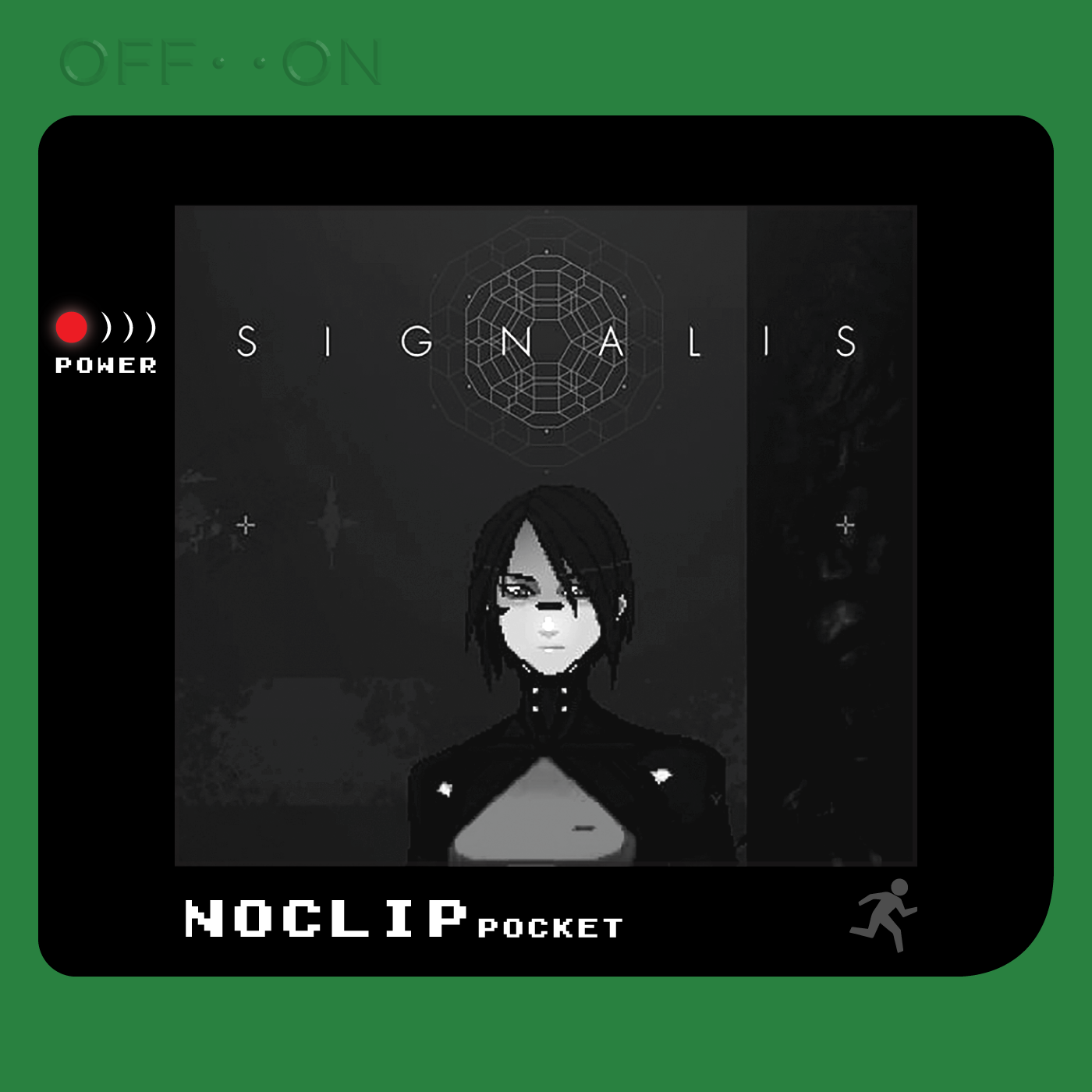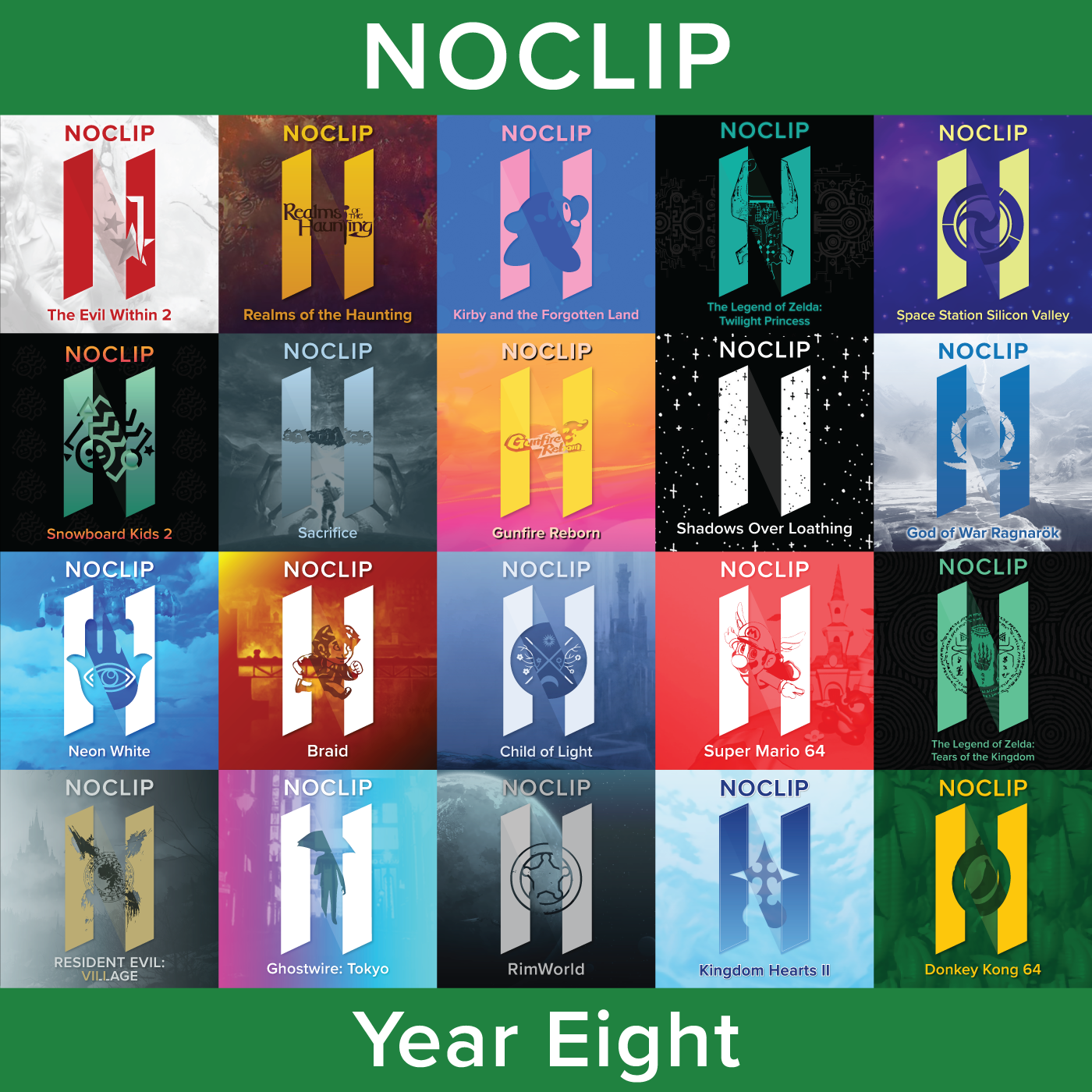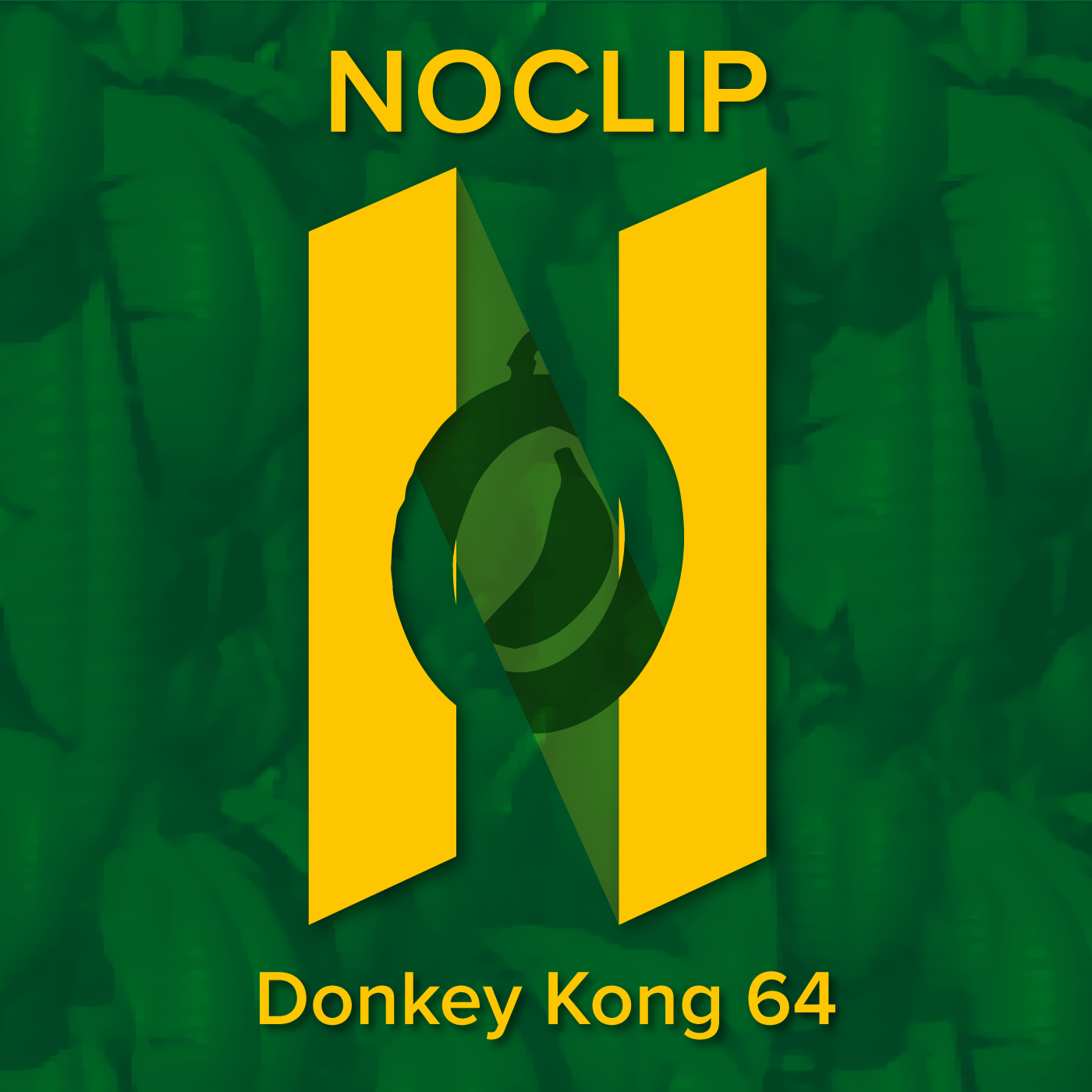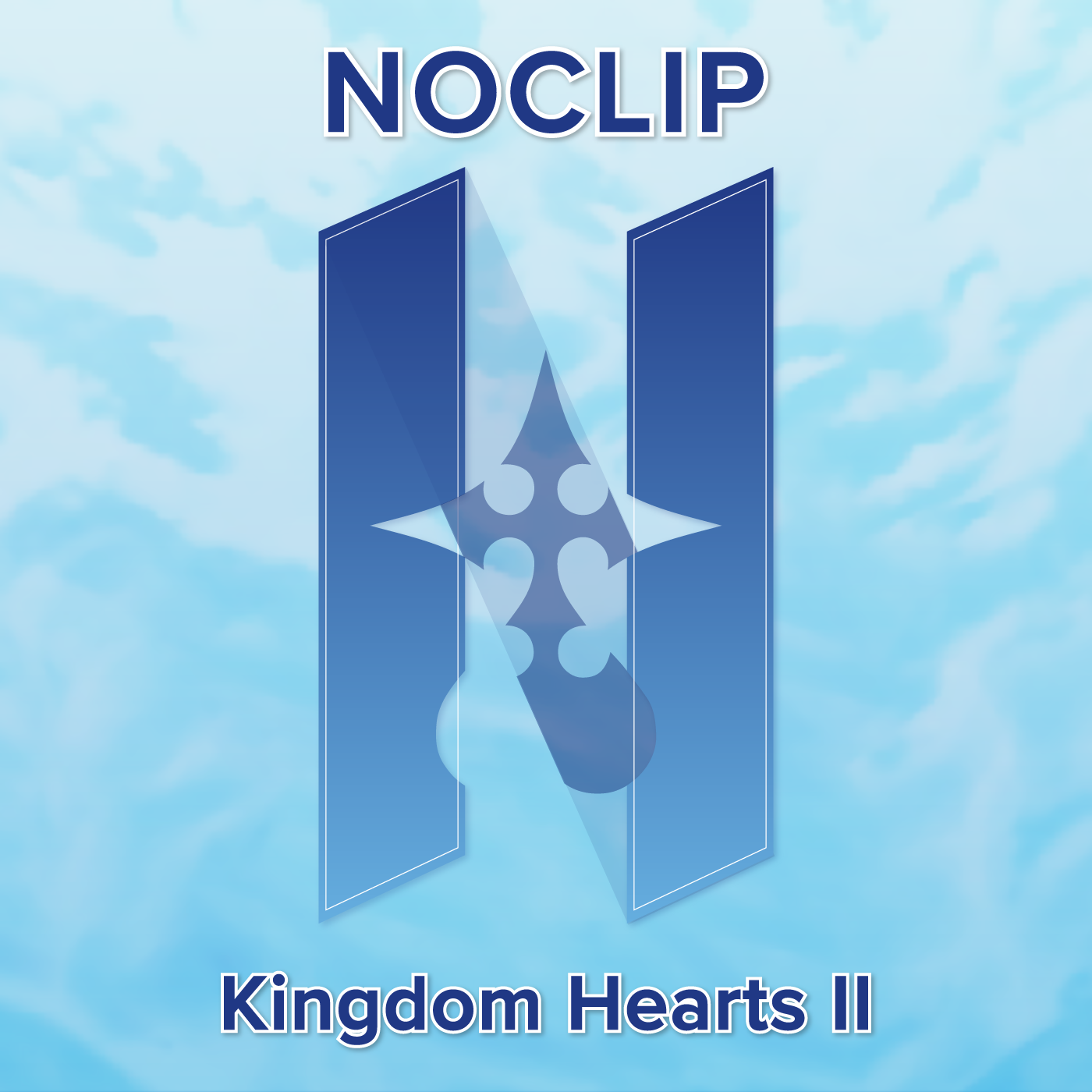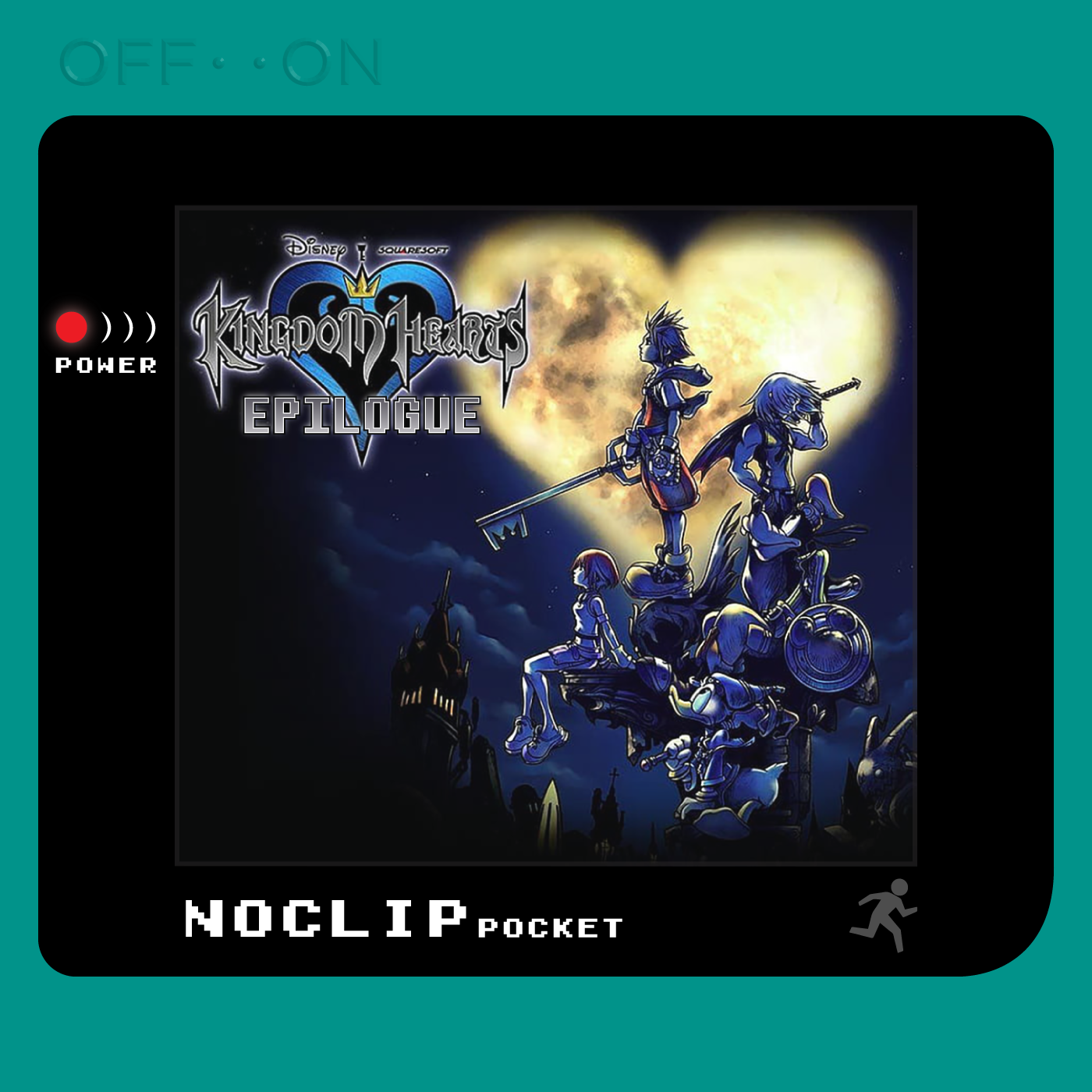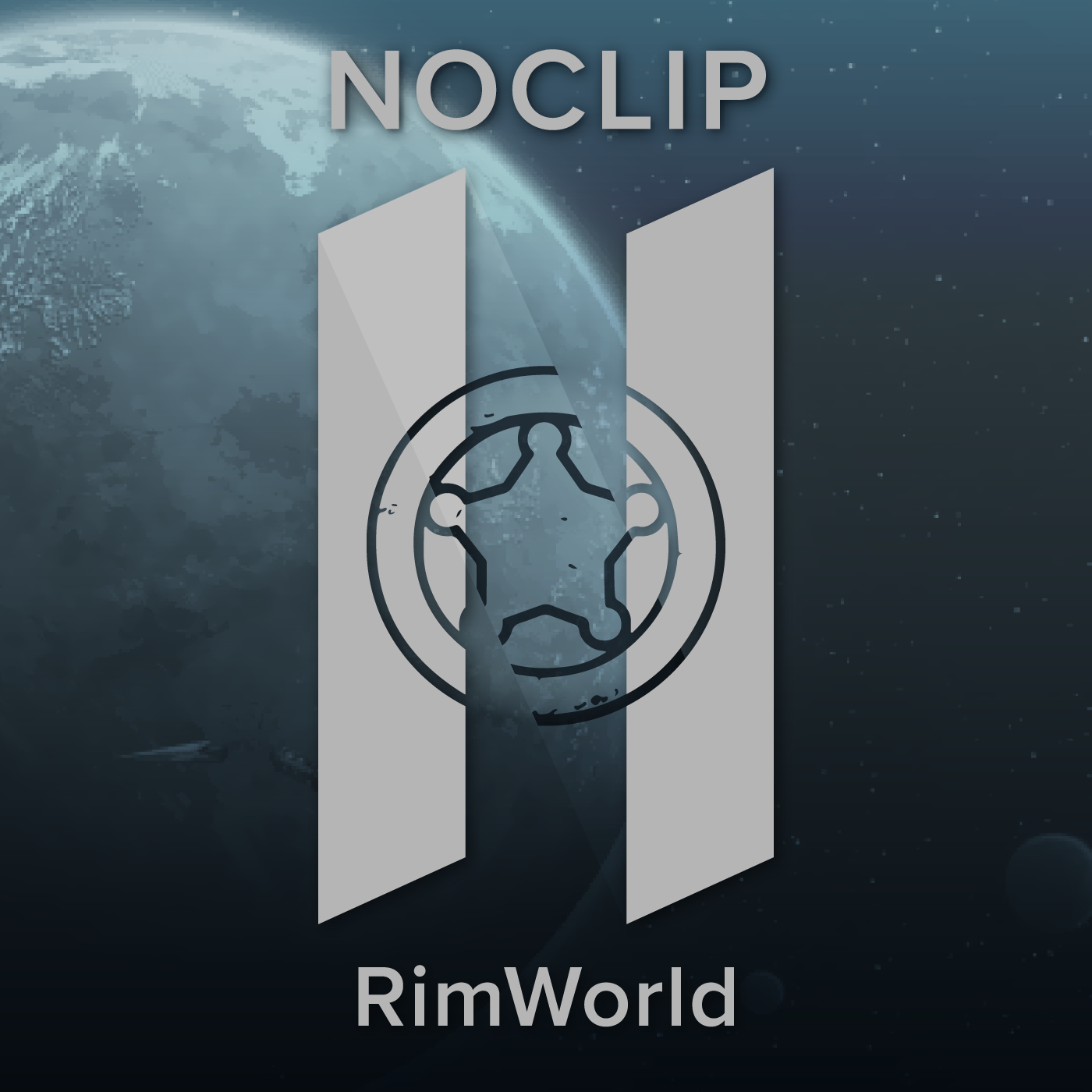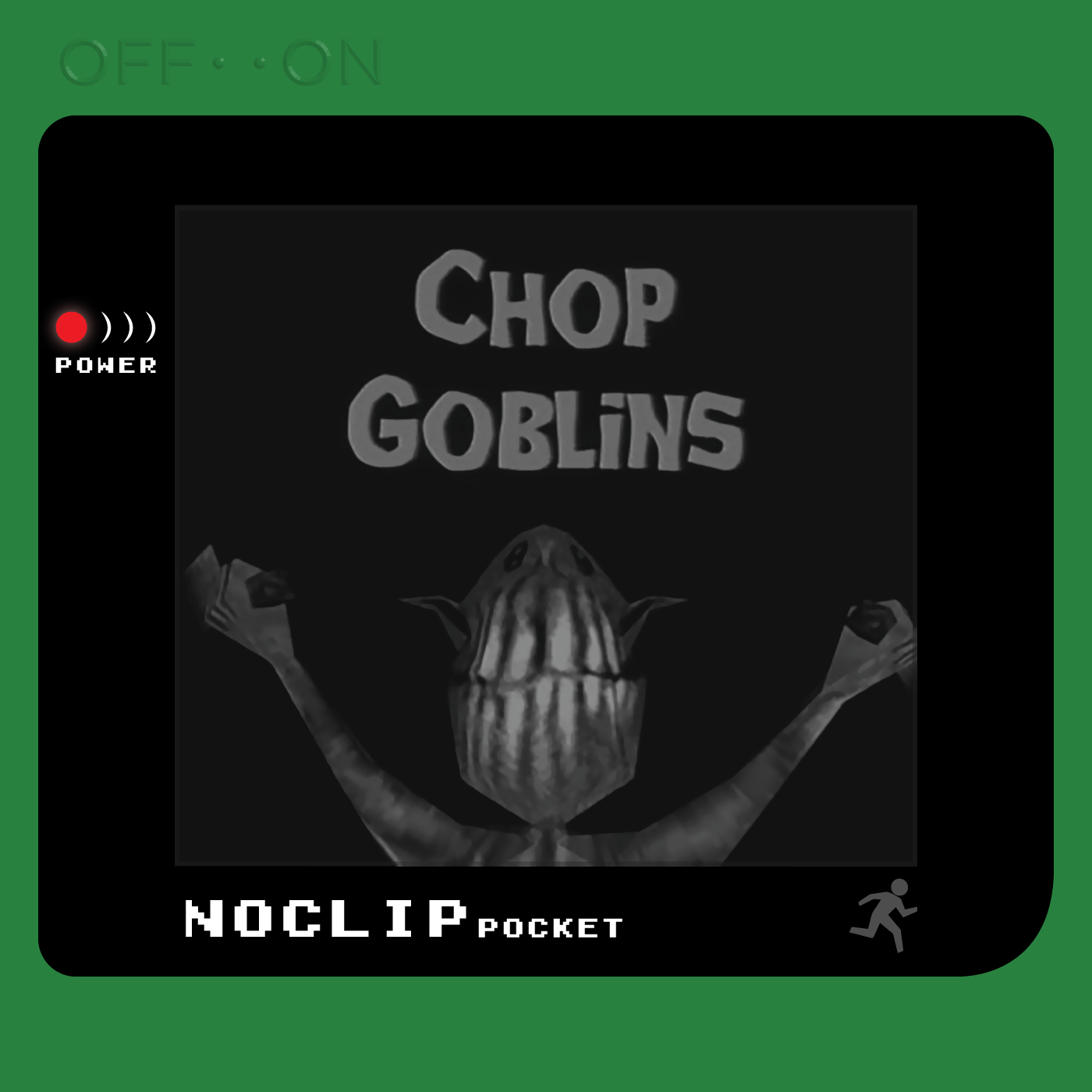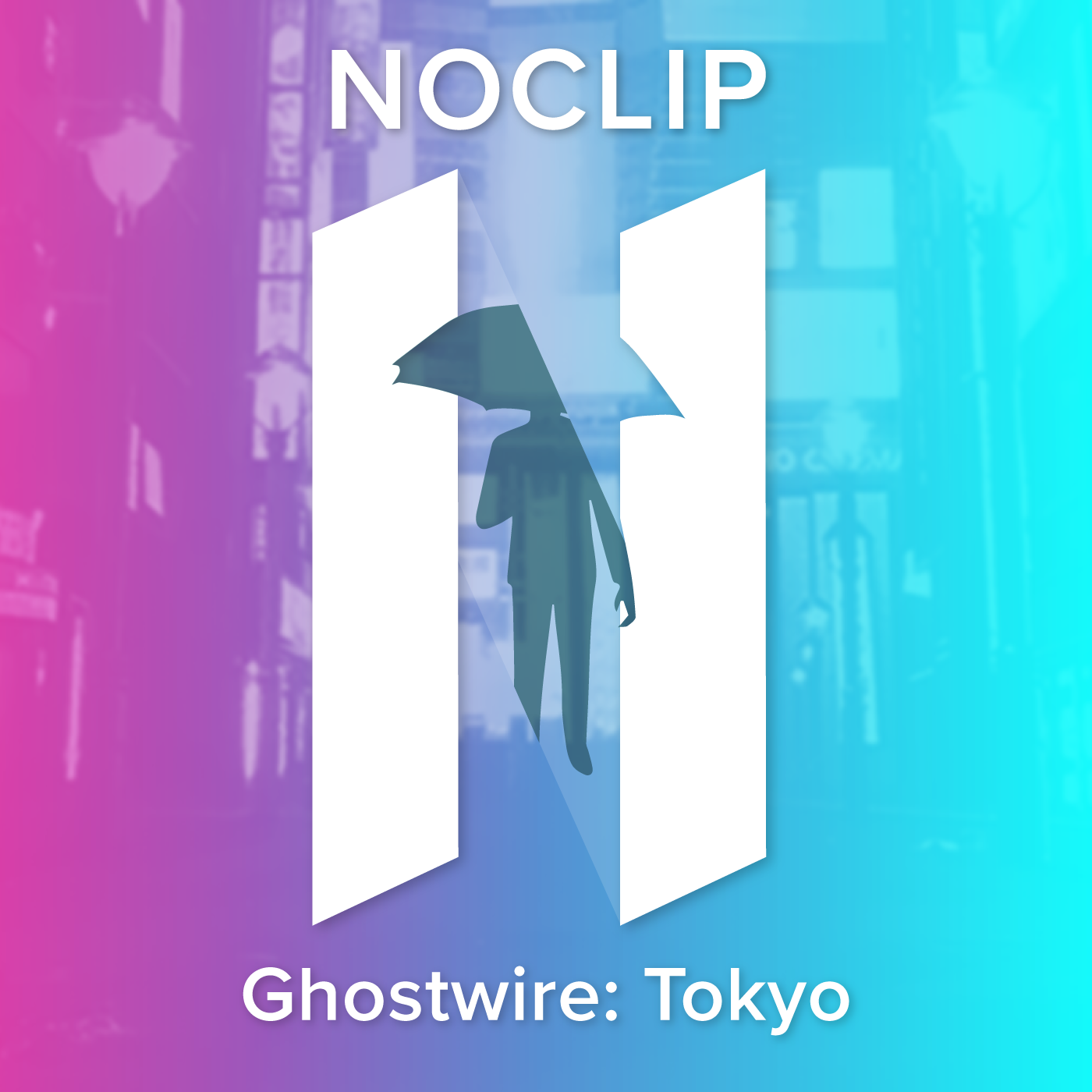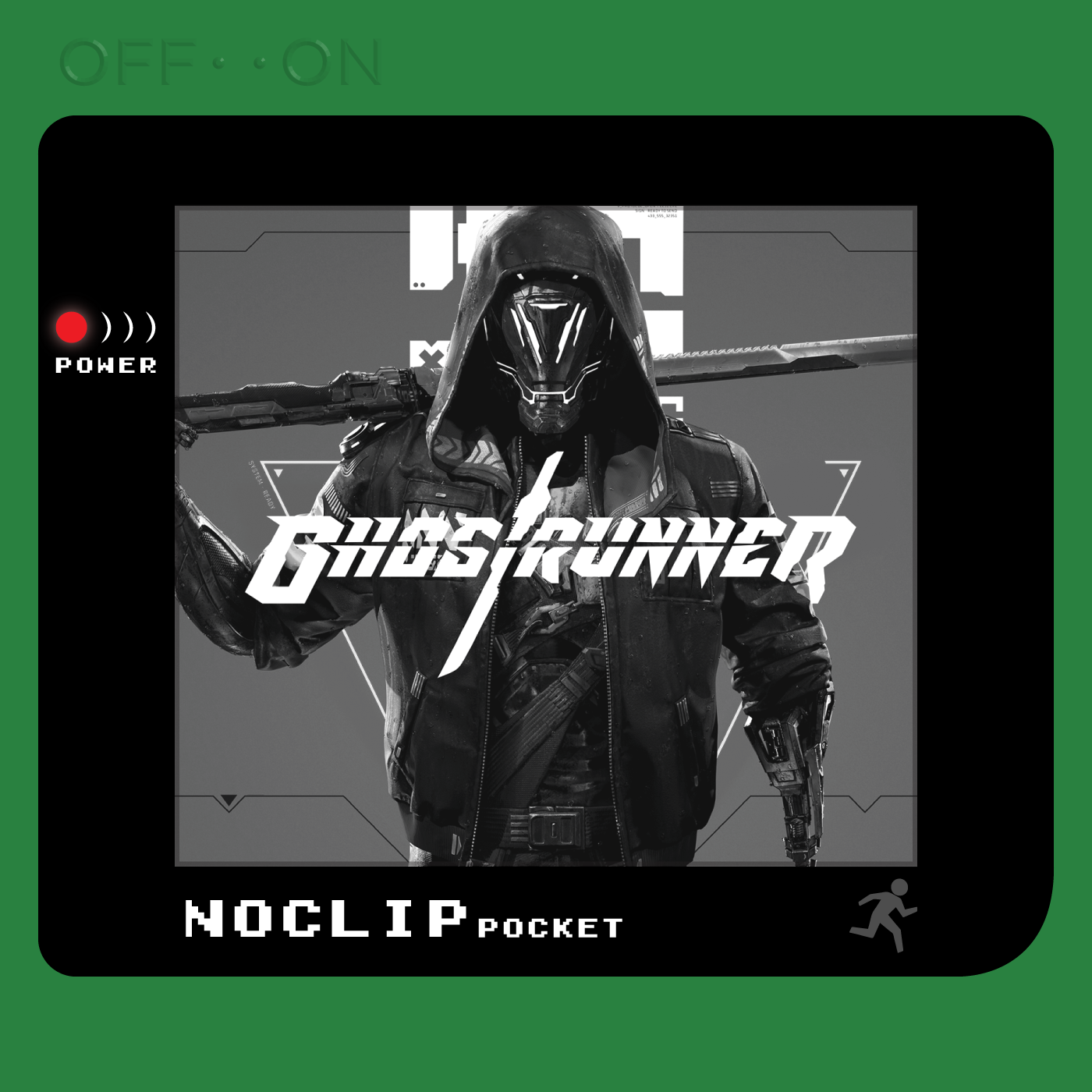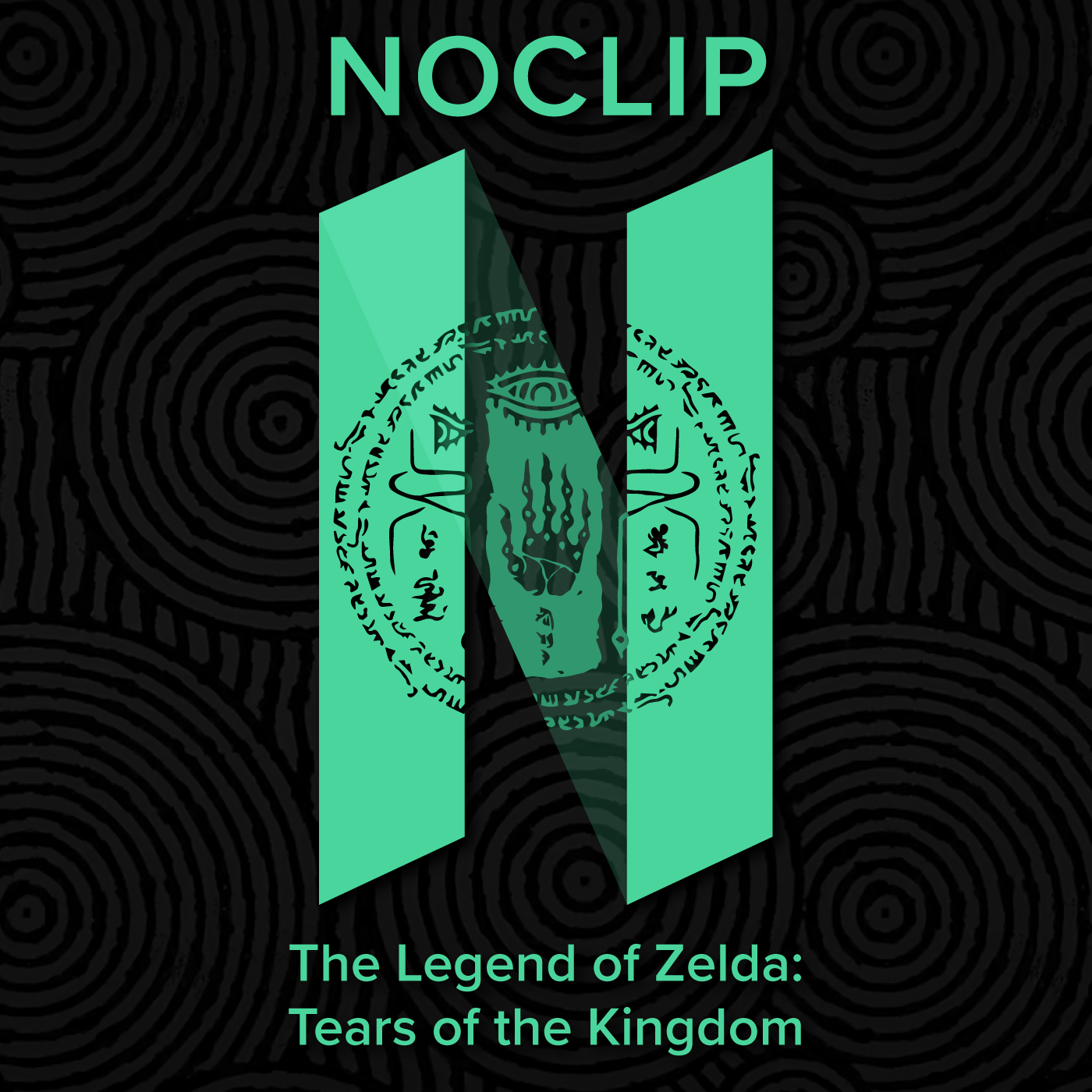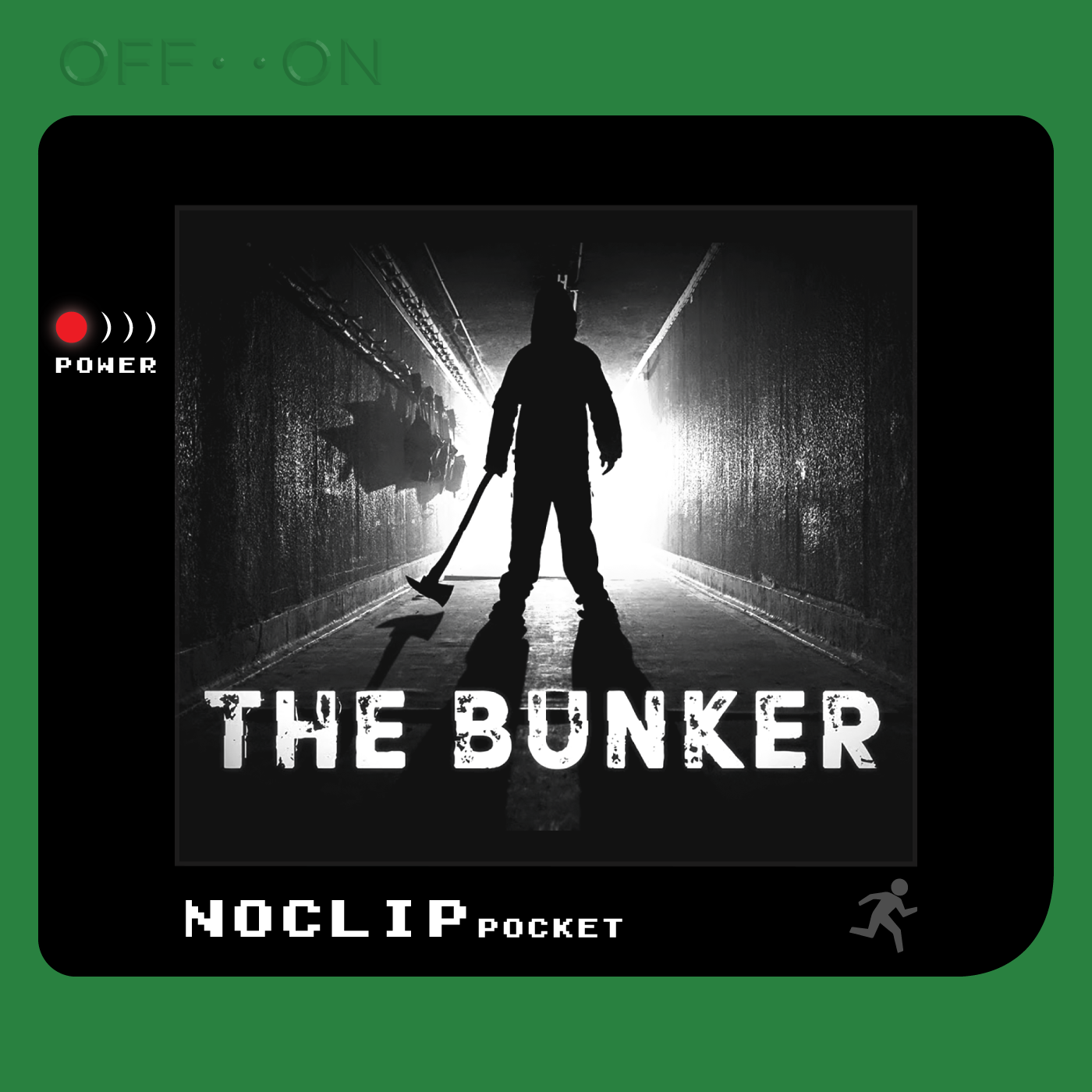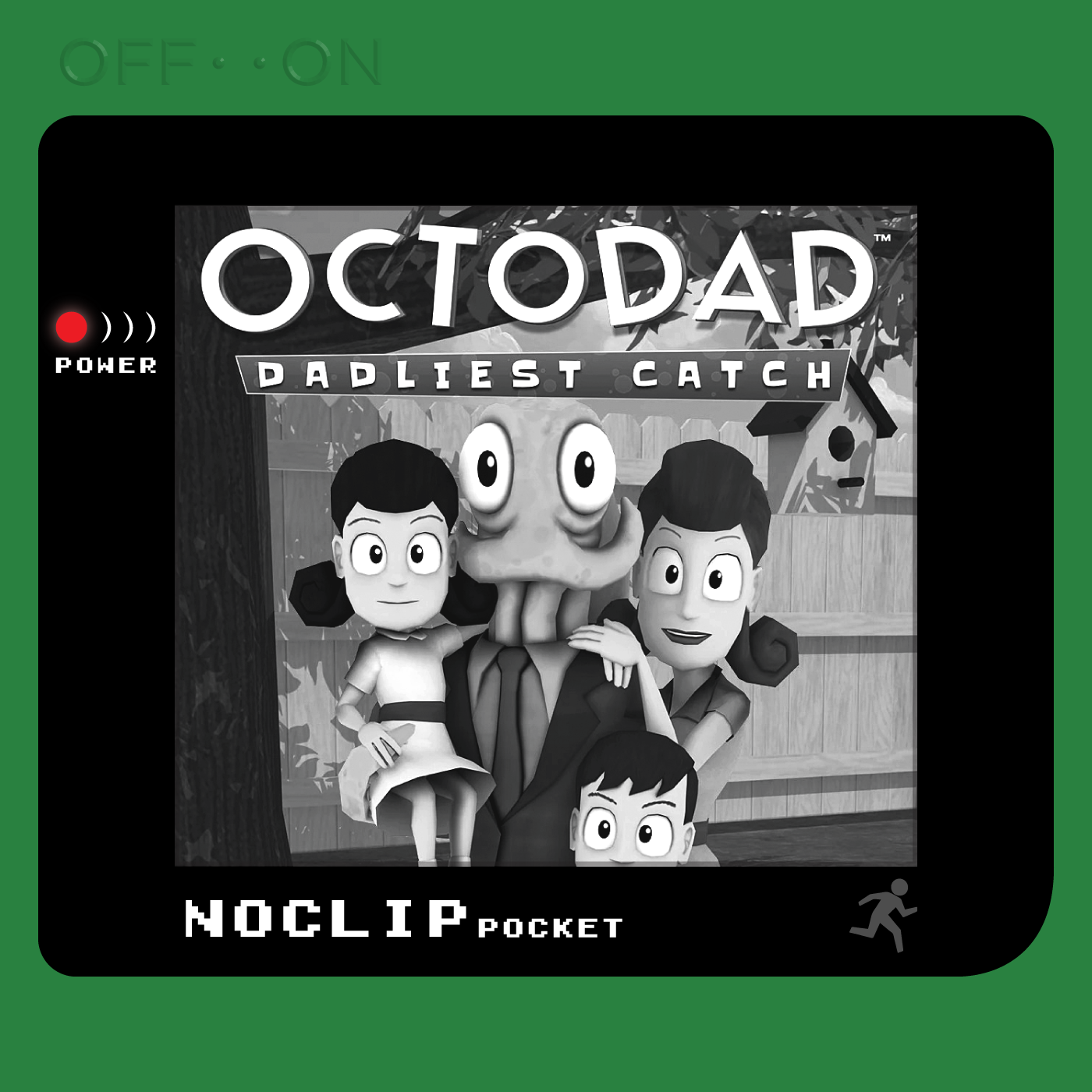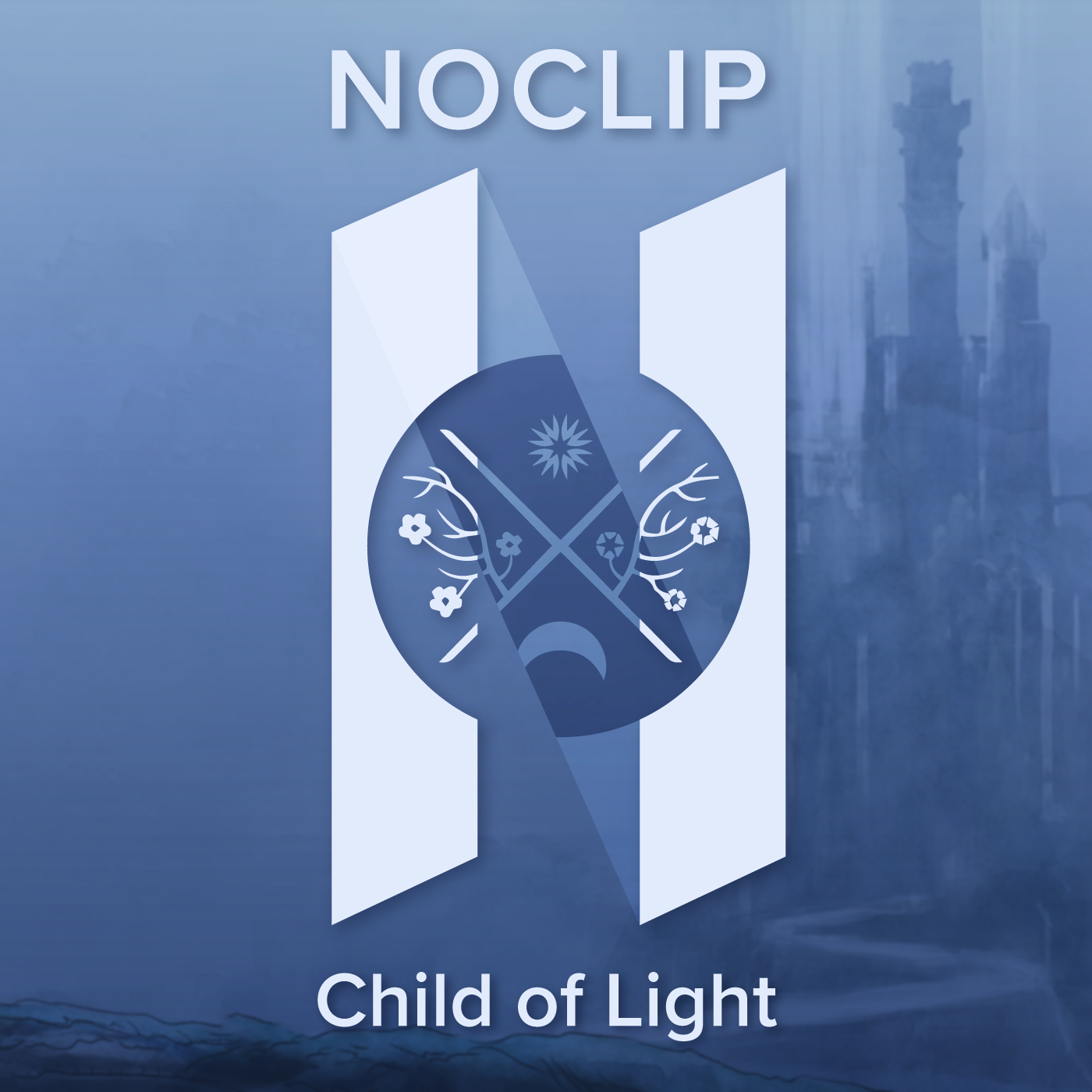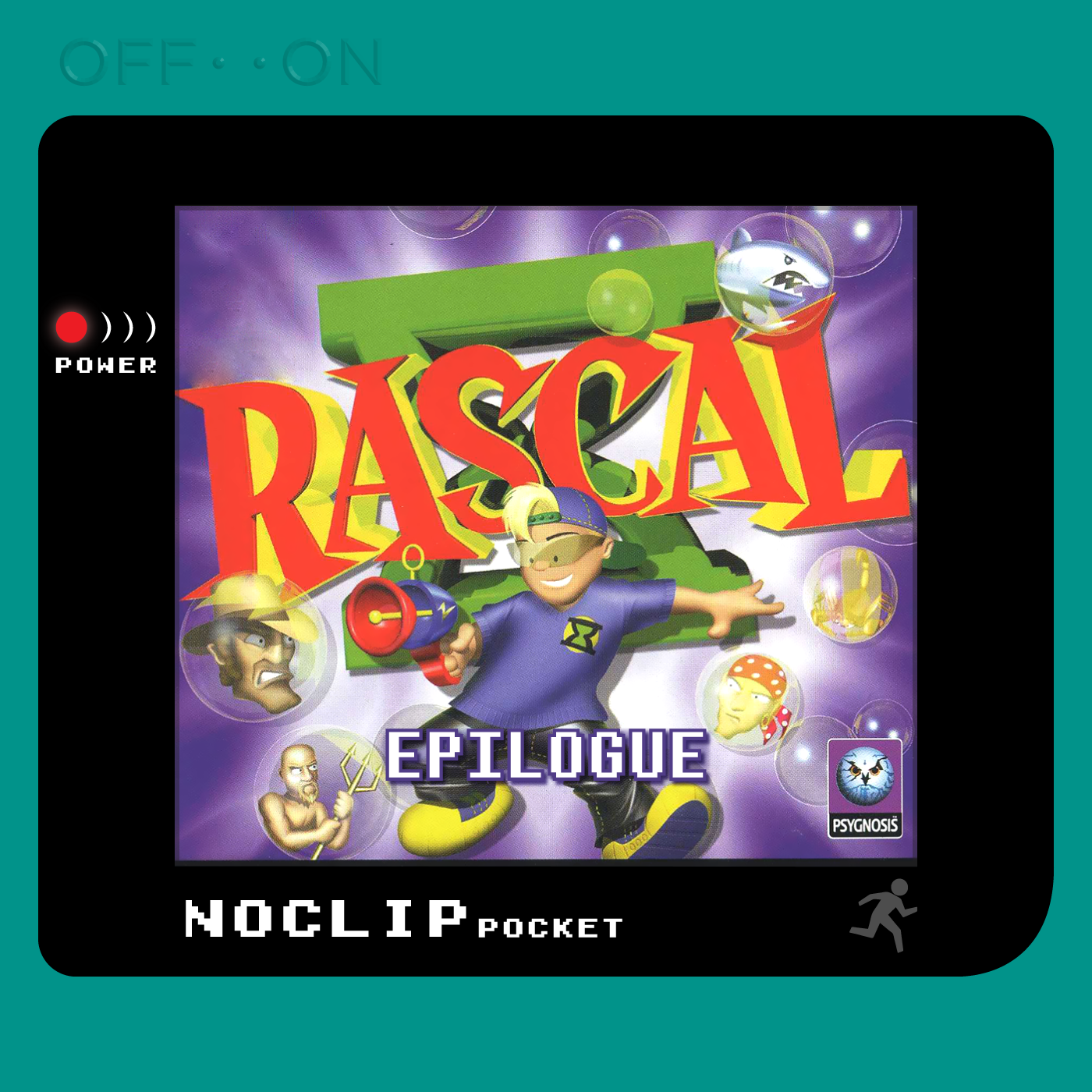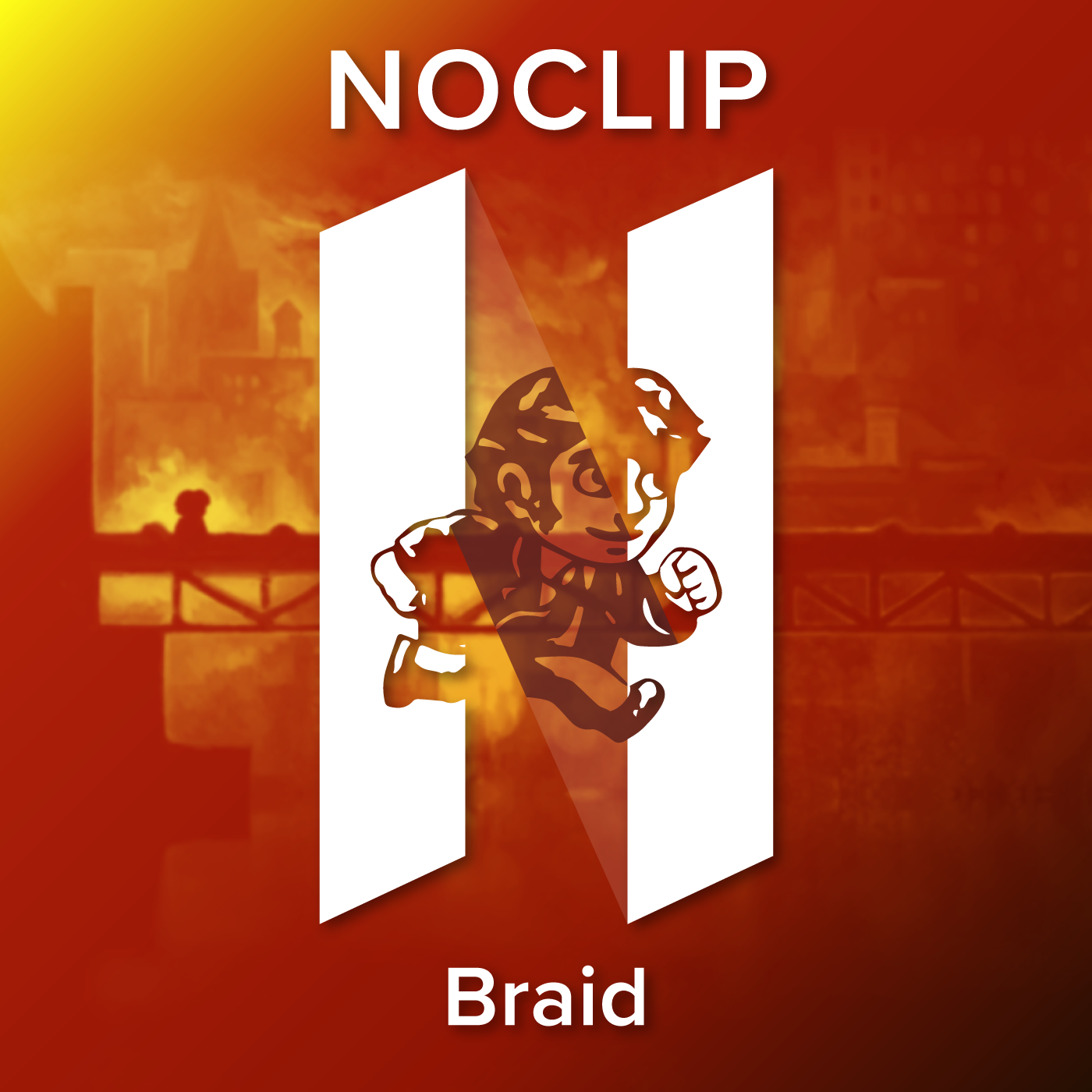Dismember their podcast.
Welcome back to NOCLIP! Today, we’re going to be talking about our first horror title for the Halloween season with Dead Space. Specifically, we’re talking about the 2023 remake of the game with only a limited understanding of the original. That said, this is a game that makes a pretty brutal impression very quickly, so we did pick it up quickly. Dead Space is an action survival horror game in the same vein as Resident Evil 4, with an over the shoulder camera. The game’s hook is centered around its enemies, the necromorphs, forcing the player to cut off their limbs to dispatch them efficiently, and this is accomplished in about the most inelegant way imaginable: with power tools and a phenomenally heavy boot. The game is gory and over the top, and while it stumbles over some of the more nuanced elements of the artform, like character development and story, sometimes an extremely raucous horror title is exactly what you want. Which isn’t to say this game goes full Doom. The violence is extreme, yes, but it has scary moments, sometimes maintaining something resembling quiet for seconds to even minutes at a time. It builds and releases tension in quick bursts, and uniquely handles its music cues so as to allow the player to jump scare themselves at times, making it a perfect game for that mid-October horror kick. We’re going to be talking about the arsenal and how the game’s take on weapons sells its premise and mechanical hook, how the remake’s expanded take on Isaac Clarke impacts its narrative and storytelling, and we produce two extremely professional box quotes for them to use on any future physical releases of the remake.
Thank you for joining us again this week! The remake of this game re-sparked our interest in doing it for Halloween, despite continually putting it off for other things, and honestly I’m pretty glad we waited. The visual spectacle of this game is one of its major selling points and the more modern version of it probably helped it take effect. That said, have you played the original version of the game? Do you think we should have played the original over the remake? Let us know over in our Discord or in the comments! Next time, we’re going to be talking about Dredge, the Lovecraftian fishing game that released earlier this year and took the world by storm. Or at least, by drizzle. By squall? Some people liked it, for sure.



